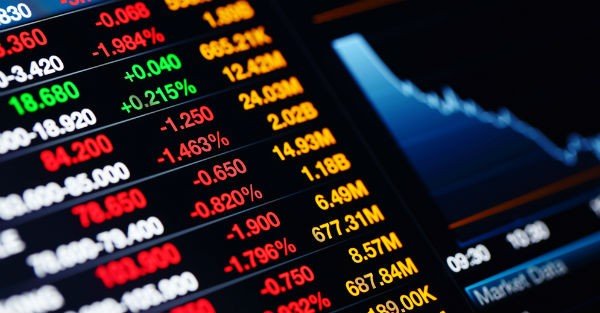December 4, 2014
Santiago, Chile
One of the great myths about investing that we’re told by the mainstream investment education is that we should “buy and hold” for the long term.
I remember being taught in a personal finance class long ago that I should just buy the S&P 500 index, walk away, and that years later I will have achieved huge gains.
The premise is that over a long period of time, it doesn’t really matter at what point you get in and out. The long-term trend of the stock market portends that you will make money.
It’s those kinds of investing myths that become axiomatic through repetition. You keep hearing the same thing over and over again and pretty soon people believe it.
Let’s look at the data.
It’s true that stock markets have plenty of peaks and troughs. Going back to the last relative peak, the Dow Jones Industrial Average (DJIA) hit just over 14,000 in October 2007; back then this was an all-time high.
If you had bought the DJIA back then, your return on the increase in share prices through today would work out to be a measly 3.5% on an annualized basis.
If you adjust that for taxes and inflation (even using the government’s own monkey numbers for inflation), you’re looking at a real rate of just 1.2%.
Now just think about everything that you saw in the last 7 years. The volatility. The risk. The turmoil.
Was it worth it? Probably not.
But if we go back further and hold an even longer-term view, the picture must brighten, right?
Let’s go to the peak before that. In early 2000, stocks once again reached what back then was an all-time high.
If you had bought the S&P 500 index back then (which is exactly what I was told at precisely the time that I was told), your annualized rate of return through today would be just 2.17%.
If you adjust that number for taxes and inflation, your real rate of return would be a big fat 0.14%… as in less than 1%. It’s practically ZERO.
Think about what you saw over the last 15 years in the markets—the collapse after 9/11, interest rates cut to zero, interest rates ratchet up again, huge swoons in markets, the credit crunch, Lehman’s collapse, the debt ceiling debacle, etc.
Is all that really worth a return of 0.14% per year? (i.e. 14 cents on every $100 invested)
It makes absolutely zero sense to do this with our money. But that’s what we’re forced into right now with most conventional investments at their all-time highs.
Bottom line—you don’t HAVE to be invested in the market. Sometimes the best investment you make is the investment you don’t make.
The challenge is, of course, that if you’re not invested in the market, your money is just sitting at the bank, earning less than the rate of inflation.
Welcome to the world of mainstream financial options. You’re damned if you do and damned if you don’t.
The conclusion here is very simple. It’s time to move on from the mainstream. There’s too much technology and too many global options now to be lulled into conventional investments that are born to lose.








